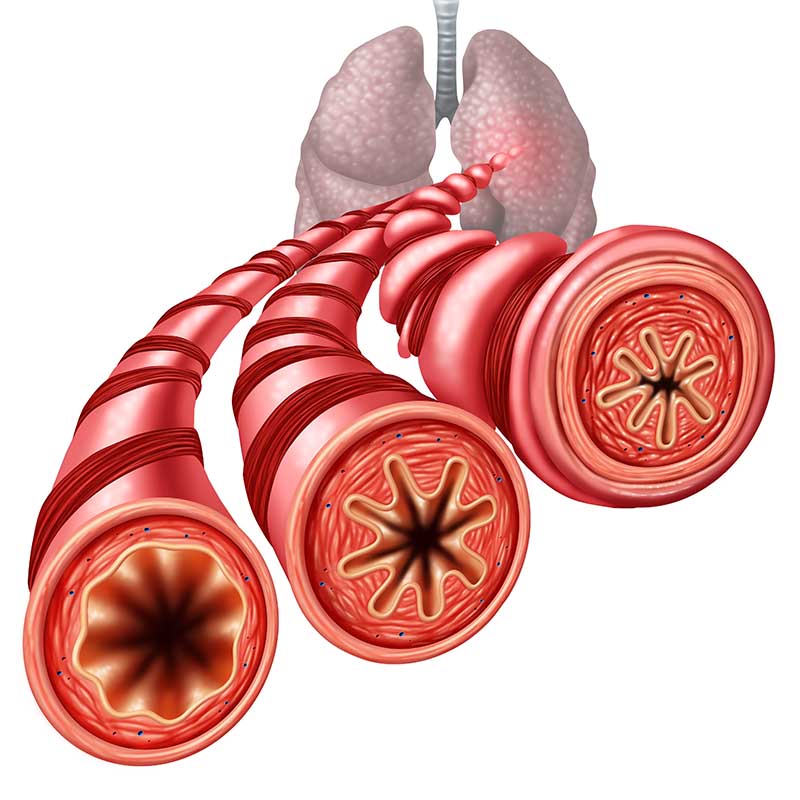Introduction
Glycemic variability (GV) encompasses hypoglycemic episodes and post-prandial increases along with the fluctuations occurring at a specific time on different days over periods of weeks-months (referred to as: long-term GV). Long-term GV has emerged as a prognostic marker (predicting the risk of micro- and macrovascular diseases and death) in patients with type-2 diabetes mellitus (T2DM), independent of glycemic control. The prognostic role of GV in terms of the risk of micro- and macrovascular disease or mortality has not been studied well in diabetes patients in Saudi Arabia.
Aim
To assess the prognostic value of long-term GV for predicting major adverse cardiovascular events (MACE) in the local population in Saudi Arabia. The study also determined the prognostic value of long-term GV for diabetic microvascular complications (DMC) and its association with antidiabetic medications.
Patient Profile
- Patients with T2DM (age ≥18 years, n=680)
Pregnant women, individuals with prediabetes and those with type-1 diabetes mellitus were excluded from the study.
Methods
Study Design
- A retrospective cohort study
Outcomes
- Incidence of MACE (the composite of; total death, myocardial infarction, stroke, hospitalization due to heart failure, and revascularization)
- Incidence of DMC
Assessments
- GV was calculated for two glycemic control markers: glycated hemoglobin (HbA1c) and fasting blood sugar (FBS); using three metrics- standard deviation (SD), coefficient of variation (CV), and variability independent from the mean (VIM).
Results
- Mean age of the study population was 66 years, 49% of the study population comprised of men. Median and interquartile ranges of the minimum FBS readings were 116 mg/dL. Baseline eGFR for the study population was 78.00 ml/min/1.73m2.
- As per a Cox proportional analysis, age, male sex, and co-morbid conditions were strongly associated with MACE: in descending order; chronic heart failure [hazard ratio (HR): 3.96; P <0.001), coronary artery disease (HR: 3.68, P < 0.001), hypertension (HR: 3.16, P =0.007), and chronic kidney disease (HR: 2.51, P =0.001).
- The mean values of both glycemic control markers; HbA1c and FBS significantly predicted MACE (Table 1).
Table 1: Hazard ratio for various metrics of GV parameters with regards to MACE risk
|
Metrics |
Hazard Ratio (95% CI) |
P Value |
|
HbA1c (%) |
||
|
Mean |
1.132 (0.997-1.284) |
0.055 |
|
SD (High vs. low) |
1.17 (0.771-1.798) |
0.451 |
|
CV 100 (high vs. low) |
1.006 (0.979-1.033) |
0.675 |
|
VIM (High vs. low) |
1.050 (0.688-1.602) |
0,823 |
|
FBS (mg/dL) |
||
|
Mean |
1.005 (1.001-1.009) |
0.018 |
|
SD (High vs. low) |
1.673 (1.083-2.583) |
0.020 |
|
CV 100 (high vs. low) |
1.758 (1.136-2.723) |
0.011 |
|
VIM (High vs. low) |
1.354 (0.883-2.075) |
0.164 |
CV: Coefficient of variation, HbA1c: Glycosylated hemoglobin, FBS: Fasting blood sugar, SD: Standard deviation, VIM: Variability independent from the mean
- As per multivariate analyses, the glycemic variability of FBS significantly predicted MACE, independent of glycemic control and other factors.
- Glycemic parameters for both HbA1c and FBS were significantly associated with DMC. As per a multivariate analysis, diabetes duration and glycemic control independently predicted DMC.
- Patients on metformin, and dipeptidyl peptidase (DPP)-4 inhibitors, had the lowest GV, as compared with those being treated with insulin/ sulphonylureas (P < 0.001).
Conclusions
- Long-term GV independently predicted MACE in patients with T2DM.
- For the given population, FBS appeared to be the strongest metric to assess GV.
- Patients on metformin and DPP-4 inhibitor therapy had a lower GV as compared to those on insulin/sulphonylureas.
Sci Rep. 2024 Oct 14;14(1):24062. doi: 10.1038/s41598-024-74535-w.

.svg?iar=0&hash=B8F025B8AA9A24E727DBB30EAED272C8)








